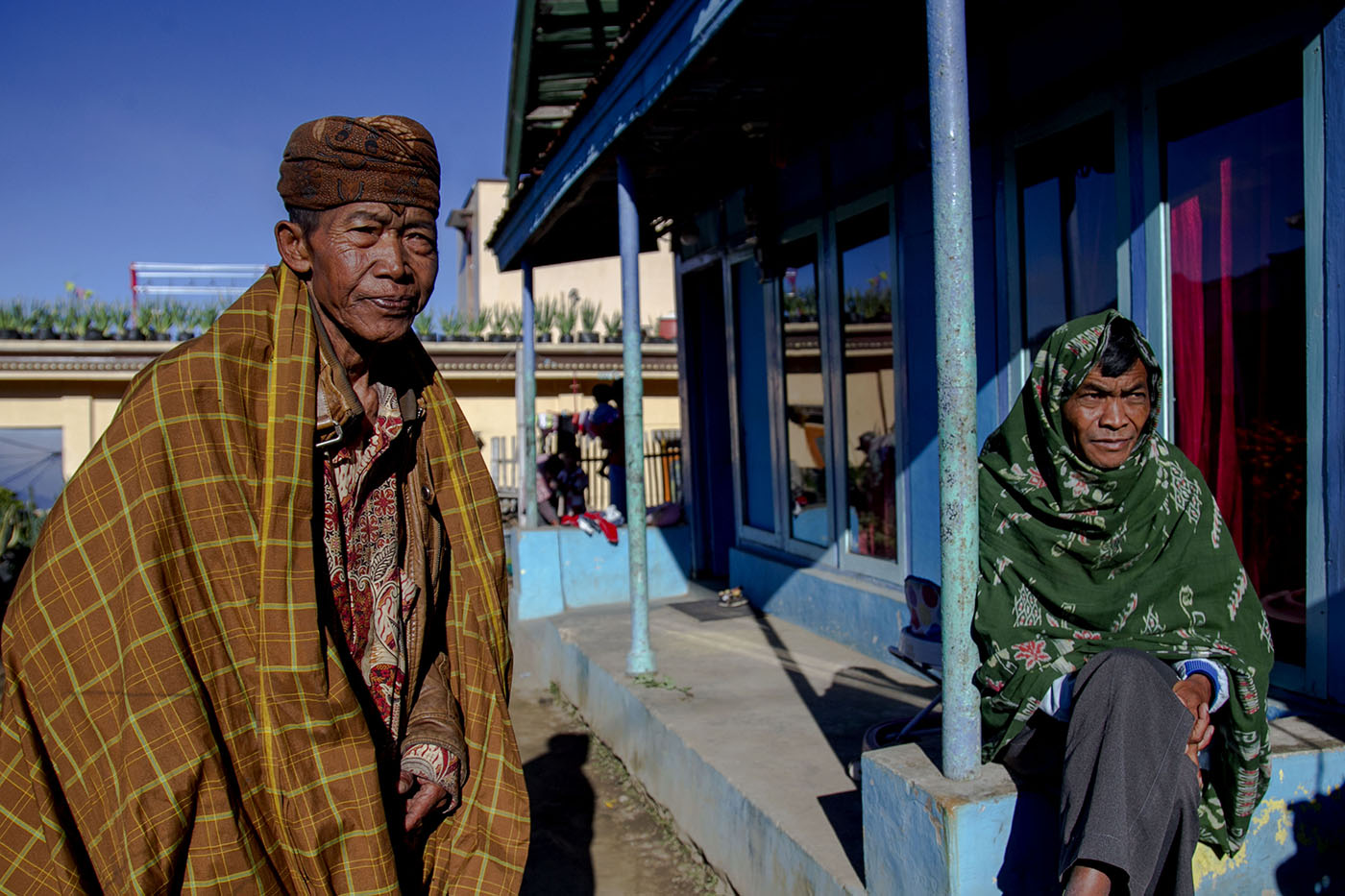Family size can be seen in two perspectives. At the individual (micro) level, family size defines one aspect of one’s family background or environment. In this context, the meaning and value of the family develop in the context of the local community environment. At the social or community level (macro), family size is an indicator of community structure that can vary from time to time, with concurrent implications for the development of individuals and social relations in different groups. In the context of the Tengger community, particularly in Wonokitri Village, Tosari Subdistrict, Pasuruan Regency, the tendency of increasing population, or in terms of the population referred to as the population growth rate, is observed to be lower than the population growth rate at the provincial and national levels. According to local traditional shaman informants, this low rate of population growth occurred in the eighties. The initiation of the family planning program from the government at that time was supported by the ownership of agricultural land in the increasingly narrow Tengger region.
In 2015, the population growth rate in Wonokitri Village was about 0.27%. Meanwhile, the 2015-2020 population growth rate released by the Central Statistics Agency based on the results of Indonesia’s population projections for 2015-2020 (Mid-year/June) in Indonesia reached 1.08% (Badan Pusat Statistik, 2018). Natural growth rate (growth based solely on birth and death events) in Wonokitri Village for three consecutive years was 0.13% in 2015; 0.24% in 2016; 0.54% in 2017; and 0.00% in 2018. Generally, the population growth rates in the Wonokitri Village during four years were still far below the population growth rate at the national level. This research examines how customs, religion, livelihoods and the environment can influence and construct family sizes in the Tengger tribe.
The dominance of the Tengger tribe among people who live in rural areas on the slopes of Mount Bromo, especially in Wonokitri Village, makes people in these locations tend to have something in common. The majority of Wonokitri Village people are Hindu Tengger. The topography of the Wonokitri Village on the slopes of Mount Bromo with its fertile soil characteristics makes the local community almost entirely livelihood as farmers or cultivators The Tengger tribe in Wonokitri Village sees boys or girls as equal. All informants stated that they did not have gender tendencies in choosing children. They consider both the same. The tendency to equalise between men and women in the Tengger community order in Wonokitri Village not only is limited to recognition but also looks at the prevailing cultural system, the inheritance system or law for example. The division of Tengger’s parents’ inheritance to their children does not at all distinguish between boys or girls. Both were considered to have the same position and rights in the matter of the distribution of inheritance. If a boy inherits a plot of land, then the girl also gets a plot of land that has the same value.
It is empirically rare for nuclear families found to have more than two children. The average Tengger tribe family in Wonokitri Village has only one or two children. Even if it was found that there are more than two children, it was often a senior family (over 50 years old), or a young family who claims to be cheated. It is the unplanned or unintentional pregnancy because there is something unexpected. Practically, the Tengger tribe has its reasons for the small number of children. This relates to the livelihood of the Tengger as a farmer or cultivator which requires almost all of his time in the garden. The reasons stated were quite reasonable. Bringing children to the garden becomes very troublesome, especially in a large number of children.
Another reason for choosing to only limit the number of two children was also raised by the Tengger tribe in Wonokitri Village. Consideration far ahead was a separate reason for Tengger people to choose to limit the number of births. The Tengger tribe community in Wonokitri Village as a whole depends on farming to realise that there were limitations to agricultural land. The amount of agricultural land was fixed, but the number of people continues to increase. Then there must be an effort to limit births to maintain a balance between the number of people and agricultural land. In addition to practical and long-term reasons related to agricultural land, another argument was also made by the Tengger tribal community to limit the number of children to only two people. This reason is related to the future of the Tengger tribe as a whole. The religion believed by the Tengger tribe in Wonokitri Village originated with ancestors, both ancestors who came from the descendants of Jaka Seger and Rara Anteng (early ancestors of the Tengger tribe), as well as their great-grandparents. Out of the region around Bromo, then the same as leaving the ancestral land of Tengger.
Author: Ratna Dwi Wulandari
Link: https://www.ijicc.net/images/vol_13/Iss_4/13479_Laksono_2020_E_R.pdf





